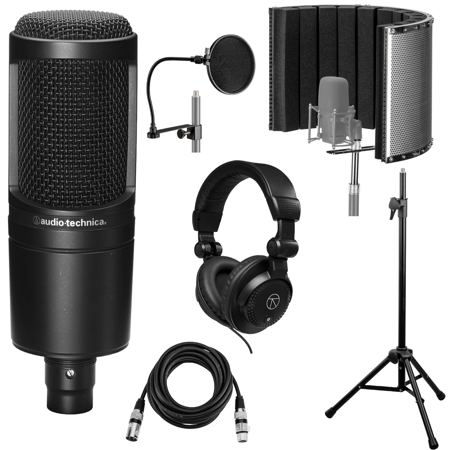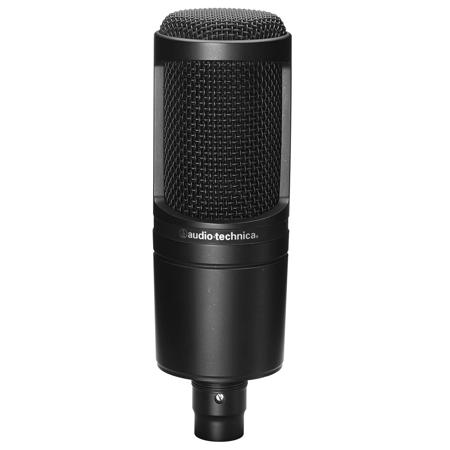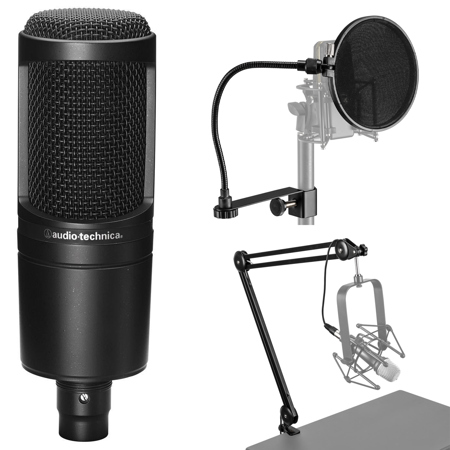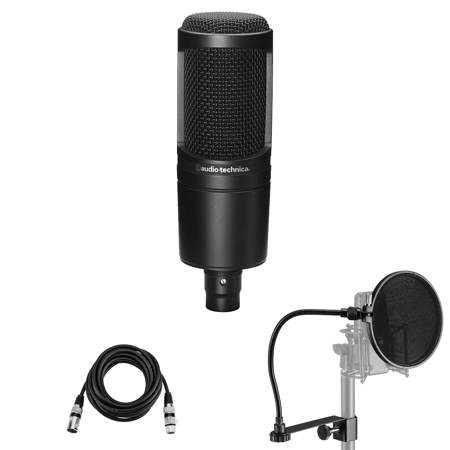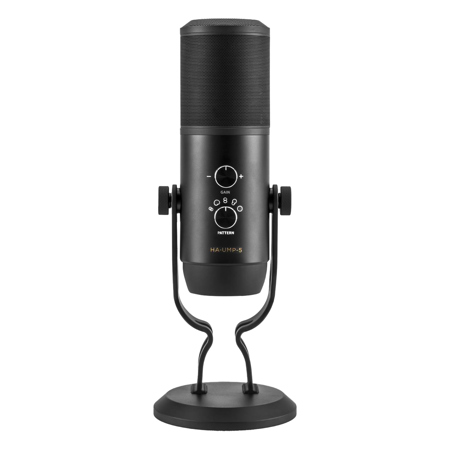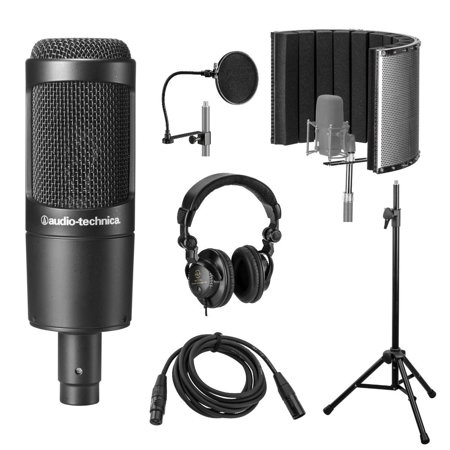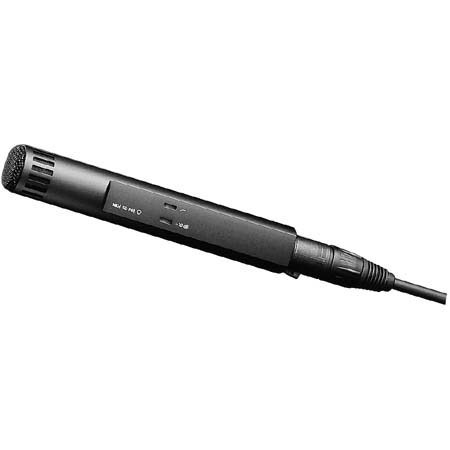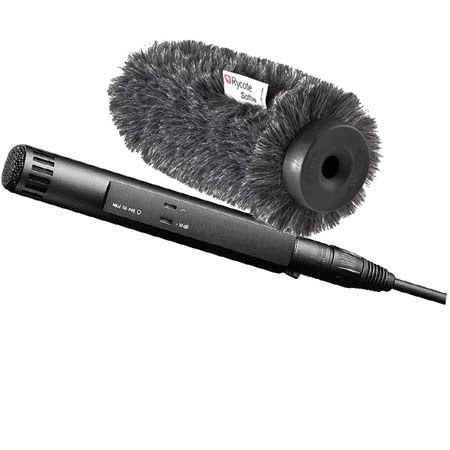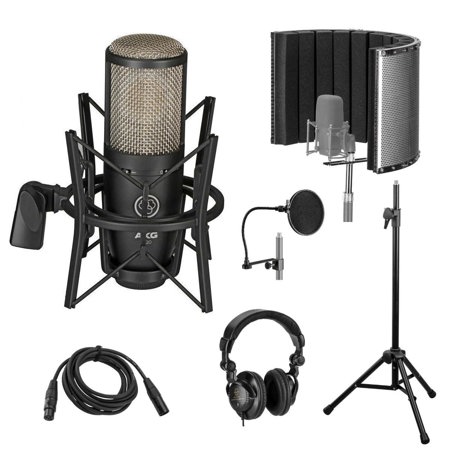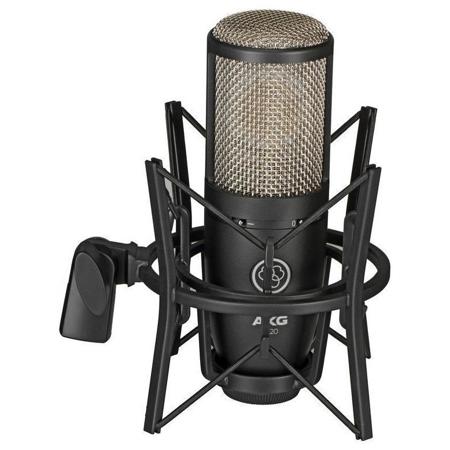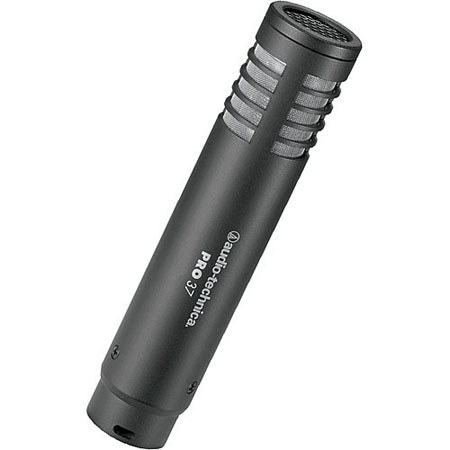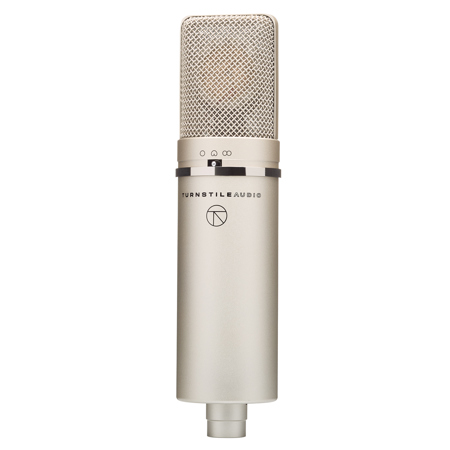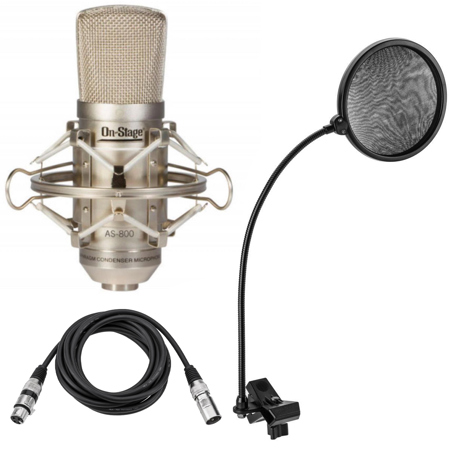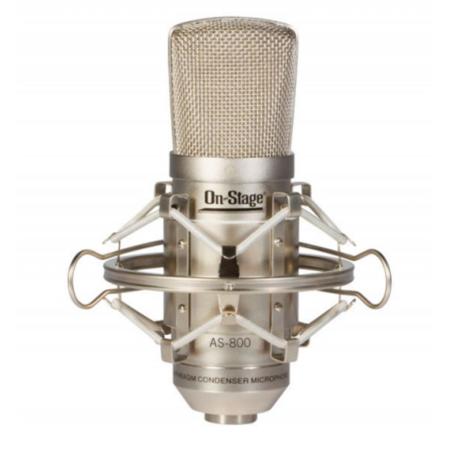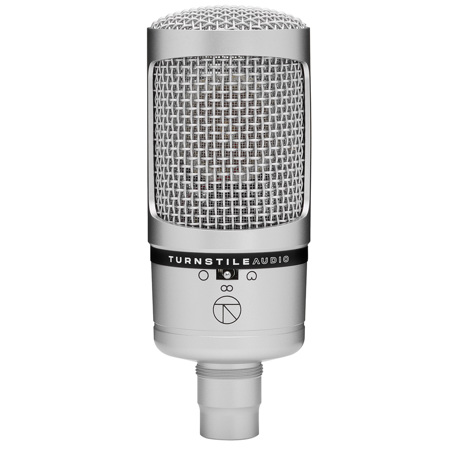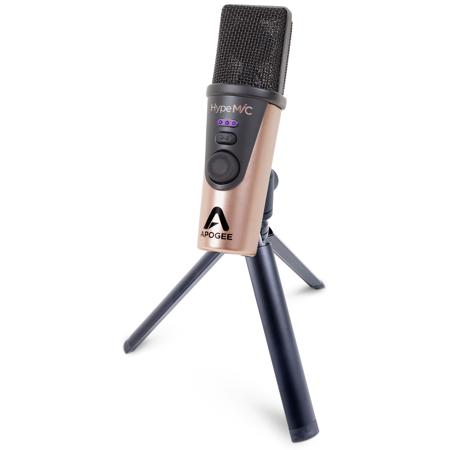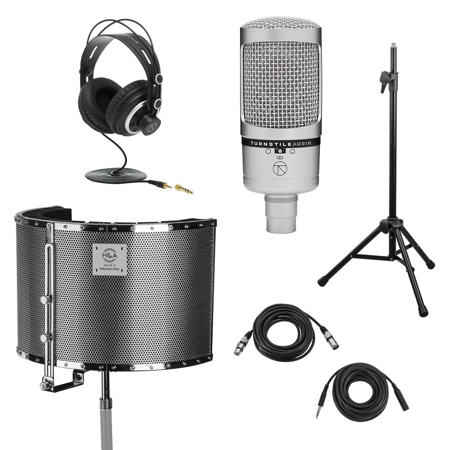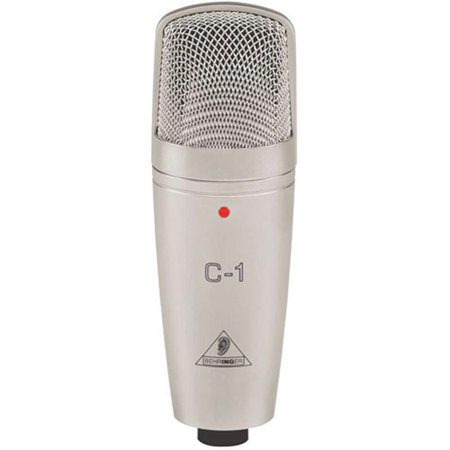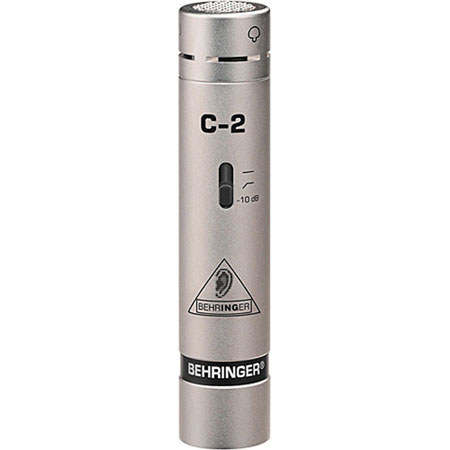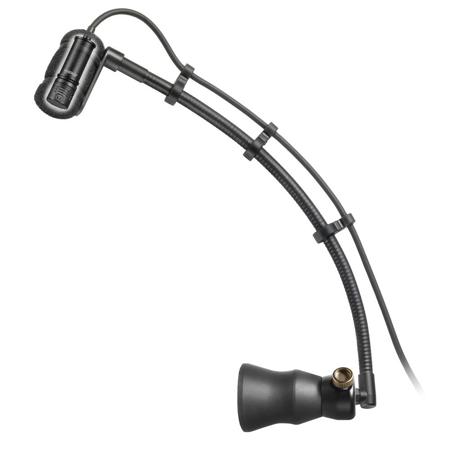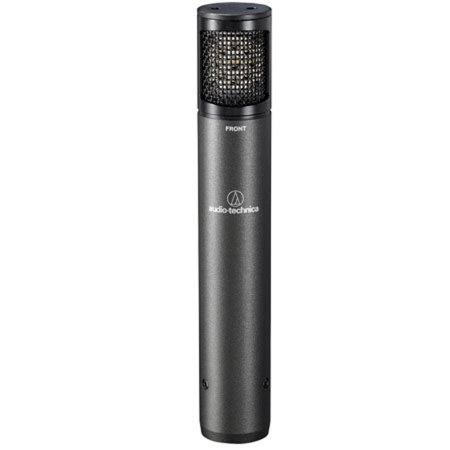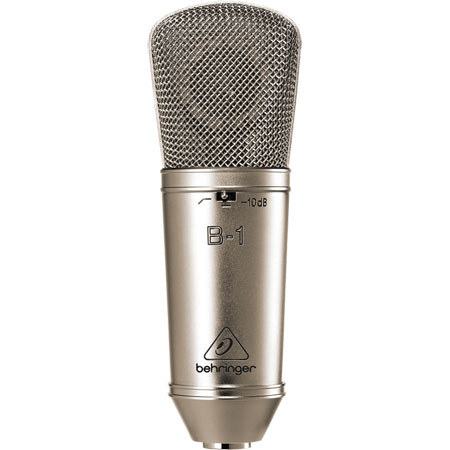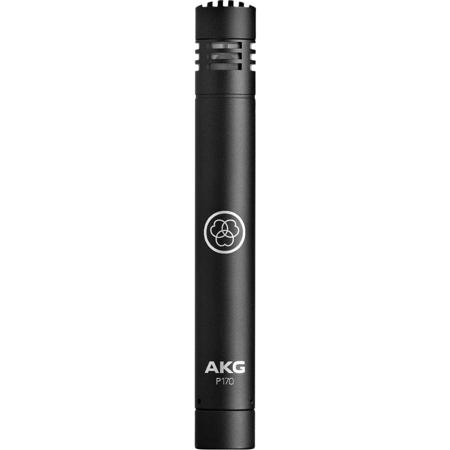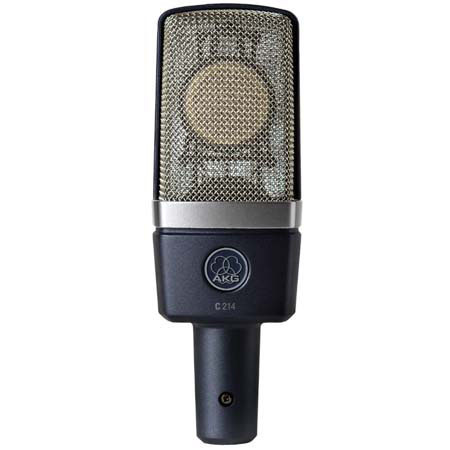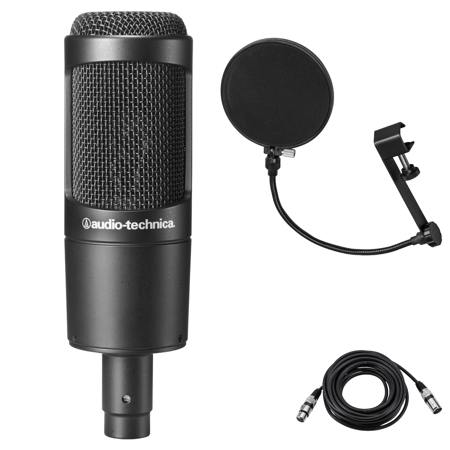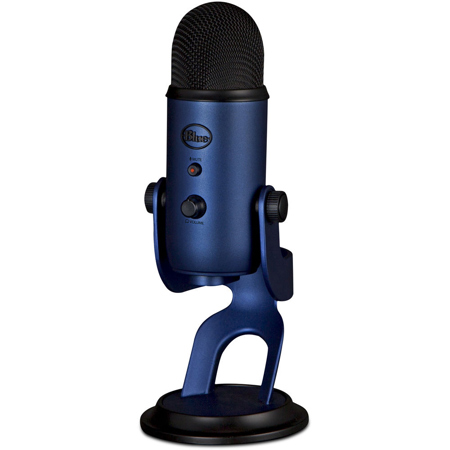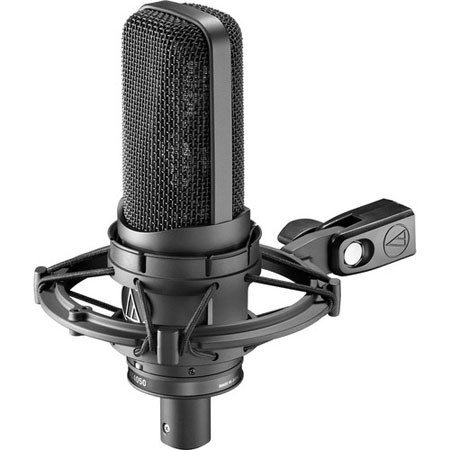Condenser Microphones for Acoustic Instruments
Capturing the delicate nuances of acoustic instruments demands more than just a standard microphone—it calls for the clarity, sensitivity, and precision that only condenser microphones can provide. Whether you’re an aspiring musician recording your first album in a home studio, a seasoned performer looking to elevate your live sound, or an audio engineer seeking the perfect tool for capturing the warmth of a vintage guitar or the shimmer of a well-tuned violin, condenser microphones are the industry standard for a reason. Their ability to reproduce the full frequency range, from the subtle rustle of a finger sliding across a fretboard to the resonant bloom of a cello’s low end, makes them indispensable for anyone serious about acoustic music. As the autumn air grows crisp and the season’s performances move indoors, the need for reliable, detailed sound becomes even more pronounced—making this the perfect time to invest in a microphone that will do justice to every note.
When considering which condenser microphone to choose for acoustic instruments, it’s important to think about the environment in which you’ll be using it. Studio settings typically benefit from large diaphragm condensers, which offer rich, full-bodied sound and excel at picking up the complex overtones of guitars, pianos, and stringed instruments. For live performances or recording sessions in less controlled spaces, small diaphragm condensers are often preferred for their accuracy and ability to handle high sound pressure levels without distortion. Placement is another key factor—experimenting with distance and angle can dramatically affect the character of the recording, allowing you to capture either the intimacy of a close-mic’d guitar or the natural ambience of a room. Many musicians and engineers keep a variety of condenser microphones on hand, each with its own sonic signature, to ensure they have the right tool for every instrument and occasion. For those shopping for a thoughtful gift, a high-quality condenser microphone makes a lasting impression, especially for students, hobbyists, or professionals looking to upgrade their recording setup as the creative energy of the fall season inspires new projects.
Selecting the right condenser microphone also involves considering technical features such as polar patterns, frequency response, and connectivity. Cardioid patterns are a popular choice for isolating sound sources and minimizing background noise, while omnidirectional mics capture a more natural, immersive sound—ideal for ensemble performances or capturing the full resonance of an acoustic space. Some microphones offer switchable patterns for added versatility, and others include features like low-cut filters or pads to handle louder instruments or reduce unwanted rumble. Connectivity options—whether traditional XLR or USB for direct computer recording—can make a difference depending on your workflow. For guitarists and instrumentalists seeking even more tailored recommendations, our comprehensive Microphone For Acoustic Guitar guide offers in-depth insights specific to stringed instruments. No matter your experience level, investing in a quality condenser microphone at 2020 standards ensures your acoustic performances are captured with clarity, depth, and authenticity, allowing your music to resonate through every season.
When considering which condenser microphone to choose for acoustic instruments, it’s important to think about the environment in which you’ll be using it. Studio settings typically benefit from large diaphragm condensers, which offer rich, full-bodied sound and excel at picking up the complex overtones of guitars, pianos, and stringed instruments. For live performances or recording sessions in less controlled spaces, small diaphragm condensers are often preferred for their accuracy and ability to handle high sound pressure levels without distortion. Placement is another key factor—experimenting with distance and angle can dramatically affect the character of the recording, allowing you to capture either the intimacy of a close-mic’d guitar or the natural ambience of a room. Many musicians and engineers keep a variety of condenser microphones on hand, each with its own sonic signature, to ensure they have the right tool for every instrument and occasion. For those shopping for a thoughtful gift, a high-quality condenser microphone makes a lasting impression, especially for students, hobbyists, or professionals looking to upgrade their recording setup as the creative energy of the fall season inspires new projects.
Selecting the right condenser microphone also involves considering technical features such as polar patterns, frequency response, and connectivity. Cardioid patterns are a popular choice for isolating sound sources and minimizing background noise, while omnidirectional mics capture a more natural, immersive sound—ideal for ensemble performances or capturing the full resonance of an acoustic space. Some microphones offer switchable patterns for added versatility, and others include features like low-cut filters or pads to handle louder instruments or reduce unwanted rumble. Connectivity options—whether traditional XLR or USB for direct computer recording—can make a difference depending on your workflow. For guitarists and instrumentalists seeking even more tailored recommendations, our comprehensive Microphone For Acoustic Guitar guide offers in-depth insights specific to stringed instruments. No matter your experience level, investing in a quality condenser microphone at 2020 standards ensures your acoustic performances are captured with clarity, depth, and authenticity, allowing your music to resonate through every season.
